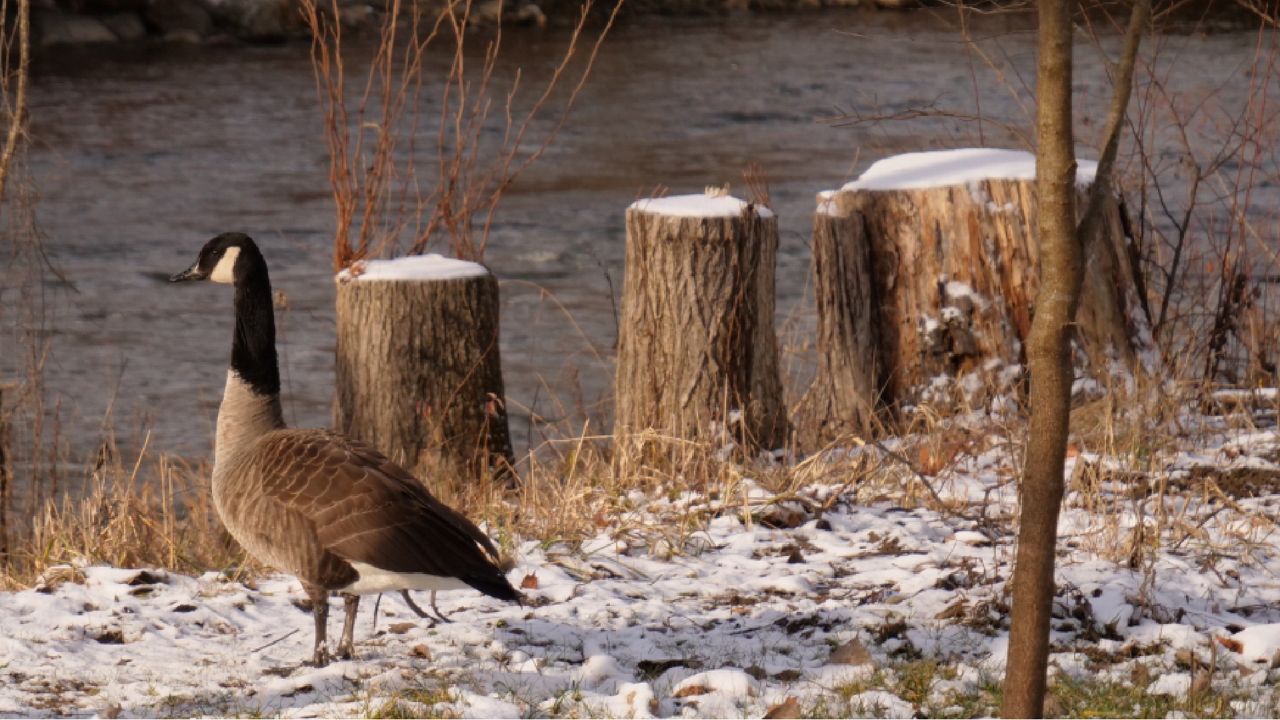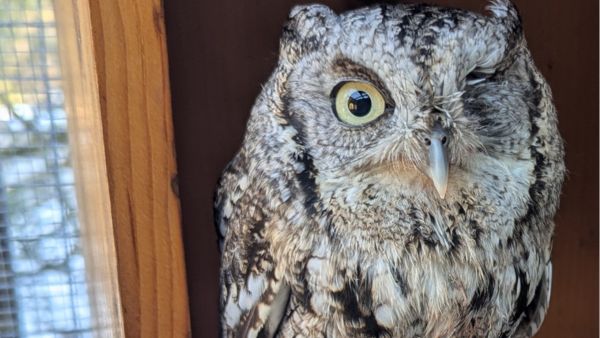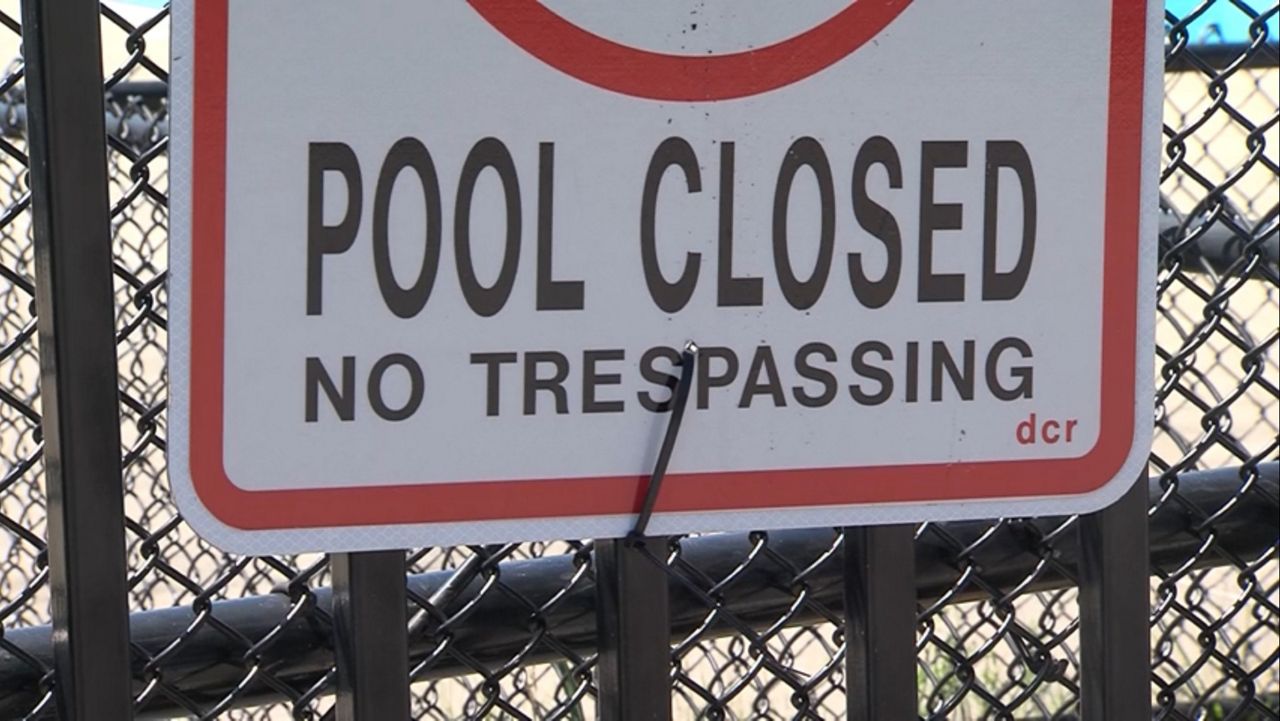DAYTON, Ohio — February is on its way out, bringing in warmer temperatures and even some spring-like days. It's also bringing the start of Canadian geese mating season, and Ohio's air force base has tips for handling the sometimes aggressive birds.
Before 1950, according to the Ohio Department of Natural Resources, Canada geese were only migrants and winter-time visitors in the state. Early in the 1950s the Ohio Division of Wildlife began a program to create resident flocks within the state which was immediately successful.
The geese begin to select mates and nesting territories between late February through mid-March and lay their eggs from March to mid-May. The eggs need to be incubated by the birds for 28 days, making them territorial of their nests. Geese will even attack pedestrians in defense of their homes.
Wright-Patterson Air Force Base said it is critical to discourage the birds from nesting near facilities, as once a nest is constructed it is protected by federal law and cannot be removed or disturbed.
ODNR said non-lethal scare and hazing tactics, which do not harm the birds, are allowed to discourage nesting. Tactics include pyrotechnics, dogs, barriers, a grid on the pond, laser pointers (at night), distress calls or grape-flavored repellents such as Flight Control.
The base said it is important to stop all feeding and use scare techniques to drive the nesting geese away.
"Preemptive actions can help avoid conflicts with nesting Canada geese," the base said in a news release. "Chasing, scaring, or harassing geese before they establish nests is legal and encouraged."
If a nest does appear near a facility, the base said to establish a cordon around the area and place warning signs so workers and visitors are aware of the birds. The base said it is important to avoid agitation, avoid the nesting area, keep calm, and if necessary, use an open umbrella for protection.
Canada geese frequently return to the same nesting site each year, so prevention is key in avoiding conflicts with the birds. For residents dealing with the bids, ODNR said if non-lethal tactics have been tried and failed, the Division of Wildlife may issue a lethal permit to destory nests, conduct a goose roundup or shoot them. These permits can only be used between March 11 and Aug. 31.
For Wright-Patterson, the Environmental Assets section of the Installation Management Division handles requests for removal permits for the base itself.









